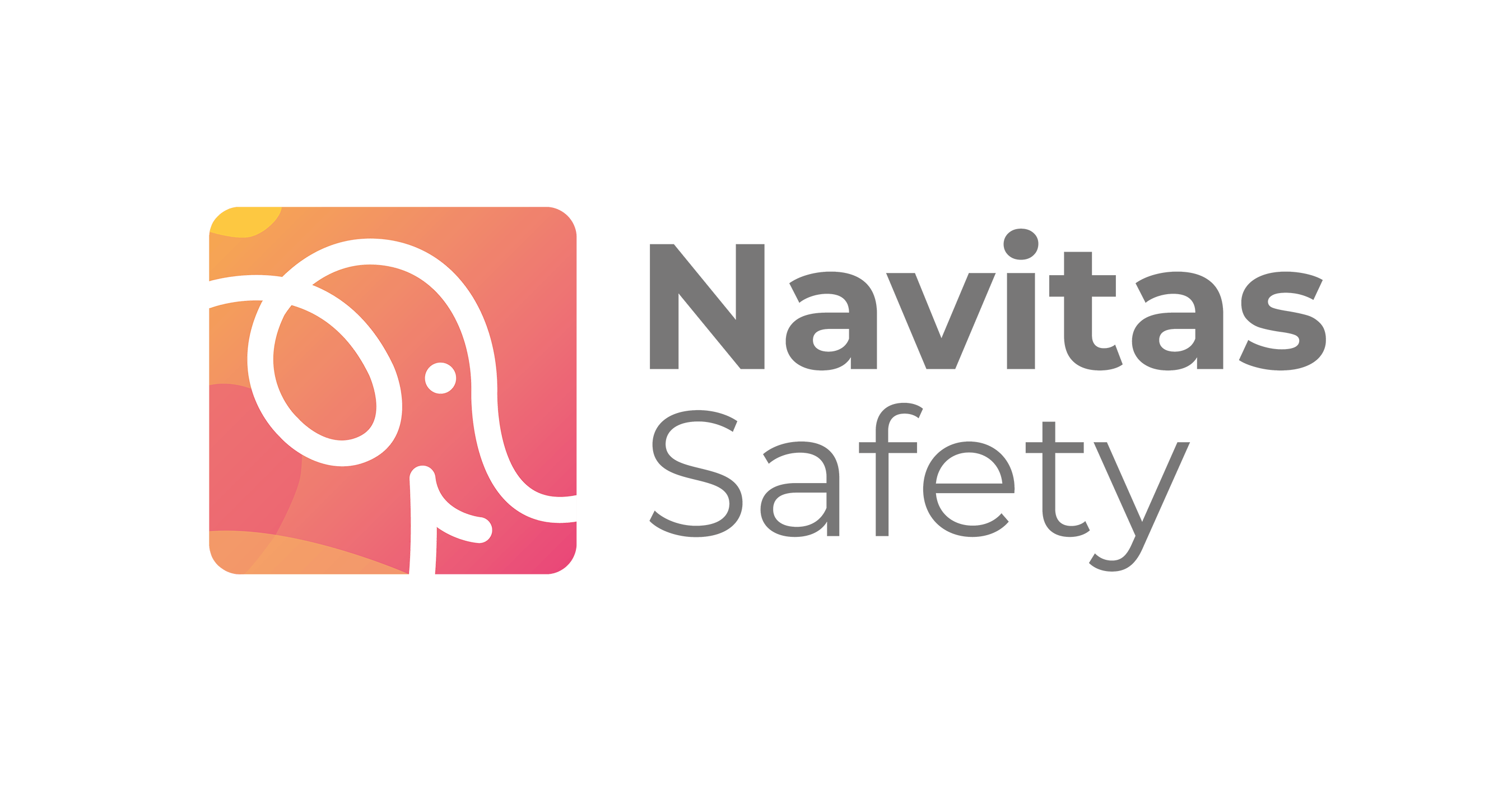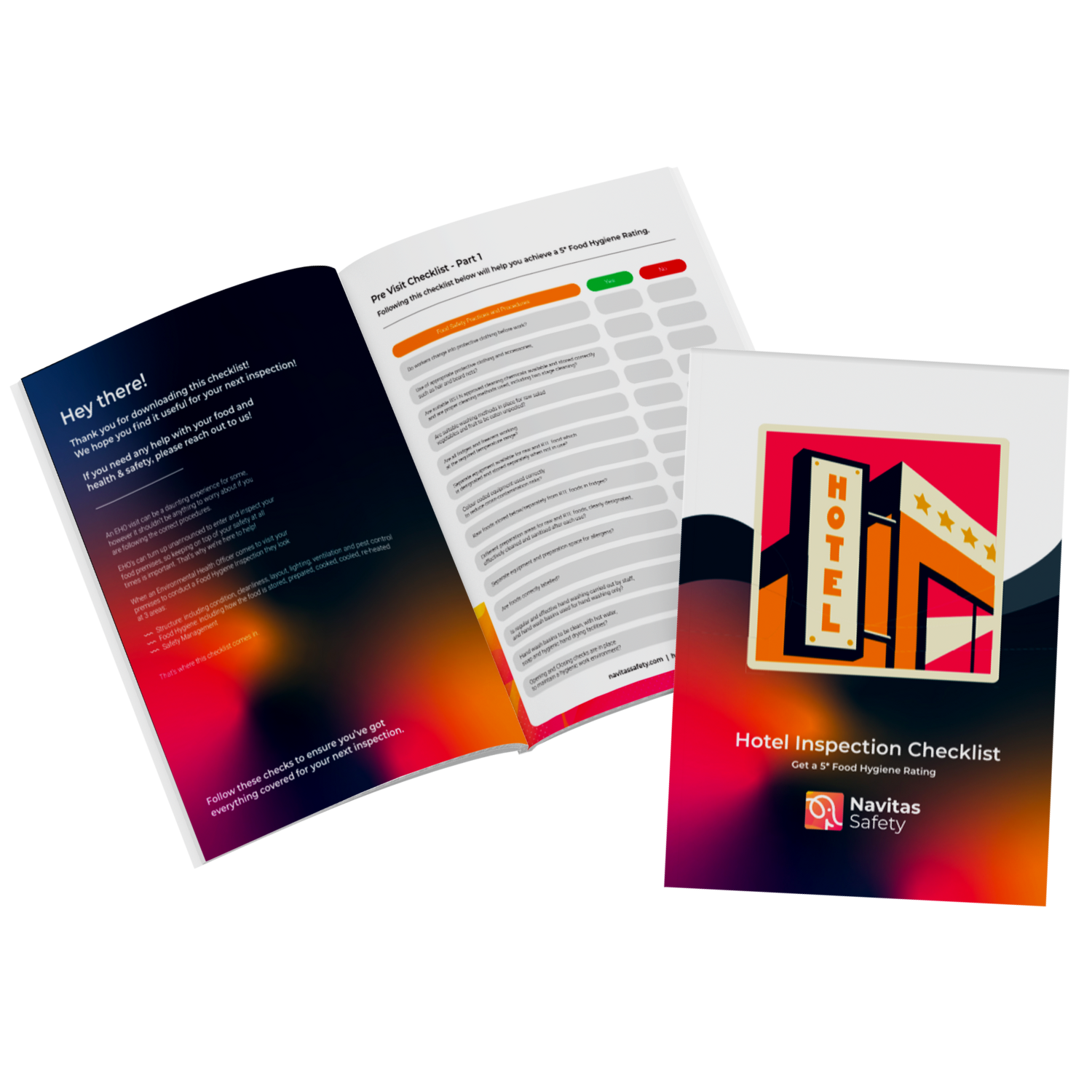The New Reality for Stadium Food Safety
When tens of thousands of fans pour through your gates, safety isn’t optional, it’s the foundation of the experience. From the match-day pie stands to the corporate suites, every outlet is a food business in its own right. That means Environmental Health Officers (EHOs) can inspect any of them, any time, without notice.
For large venues, the days of paper diaries and “we’ll find the log later” are over. Regulators are tightening expectations, and digital records are fast becoming the benchmark of due diligence.

Why EHO Inspections Matter
Environmental Health Officers play a critical role in protecting public health. Their inspections are guided by UK food law and the Food Standards Agency’s Food Hygiene Rating Scheme (FHRS).
In practical terms, that means they’re looking for evidence that every stage of food handling (from delivery to service) meets Hazard Analysis and Critical Control Point (HACCP) standards.
Non-compliance can be costly:
- Fines for food safety breaches can exceed £20,000 per offence.
- A poor hygiene rating can appear online within 24 hours and stay there for months.
- Reputational damage spreads fast across social media and fan forums.
According to the FSA’s Food and You 2 survey, 46 % of UK diners always check hygiene ratings before eating, and 79 % check at least occasionally – meaning your score can directly impact sales and trust.
What EHOs Look for in Stadiums
1. HACCP Plans and Records
Every food business must operate a documented HACCP-based safety system. EHOs will want to see that:
- Hazards are identified and monitored.
- Critical Control Points (CCPs) are clearly defined (e.g., cooking, chilling, reheating).
- Corrective actions are logged when temperatures fall out of range.
Having these records instantly available in a digital format signals strong control.
2. Temperature Logs and Equipment Calibration
Fridges should operate at 0–5 °C, freezers at -18 °C.
EHOs check that:
- Thermometers and probes are calibrated.
- Temperature checks are recorded daily.
- Alerts are acted on and documented.
Venues using IoT Smart Pods or connected probes can prove continuous monitoring and automated alerts, reducing manual error and wasted staff hours.
3. Cleaning Schedules and Hygiene Practices
The “4 Cs” of food hygiene, Cleaning, Cooking, Cross-contamination, and Chilling, remain the pillars of every inspection. Officers will verify that:
- Cleaning routines are written, signed, and followed.
- Colour-coded equipment prevents cross-contamination.
- Staff wash and sanitise hands at defined intervals.
A digital cleaning checklist with time stamps removes any ambiguity.
4. Allergen Control and Labelling
Post-Natasha’s Law, EHOs pay particular attention to allergen management.
Expect questions on:
- Allergen matrices and labelling for PPDS (Pre-Packed for Direct Sale) foods.
- Staff understanding of allergen risks.
- Segregation procedures during prep and service.
If your stadium uses multiple catering vendors, align them under one allergen policy – consistency is key.
5. Training and Staff Knowledge
EHOs will often interview staff directly to check their understanding of:
- Temperature limits.
- Cleaning responsibilities.
- Allergen and cross-contamination controls.
Keeping digital training records linked to each employee profile helps you prove competence instantly.

Common Pitfalls During Stadium Inspections
Even experienced teams stumble over:
- Paper chaos: Missing or incomplete logs, especially during busy match days.
- Inconsistent vendors: Contractors following different standards.
- Staff churn: Seasonal workers unaware of HACCP procedures.
- Reactive maintenance: Fridges not serviced until they fail inspection.
Digital safety ecosystems like Navitas eliminate these risks by automating checks, syncing data across outlets, and generating live dashboards that show compliance status venue-wide.
How Digital Systems Simplify EHO Readiness
- Automated Record-Keeping
Cloud-based systems log every temperature, cleaning, and allergen check automatically. When an inspector asks for yesterday’s fridge data, it’s ready in two clicks.
2. Centralised Visibility
For stadium operators managing dozens of outlets, one dashboard provides real-time compliance scores and risk alerts. This central view lets managers act before small issues become headlines.
3. Faster Training & Onboarding
Navitas’ Training Academy delivers role-specific modules for casual staff, ensuring everyone meets HACCP and allergen standards before their first shift.
4. Reduced Audit Stress
Digital systems align with EHO expectations. Electronic records are accepted as valid evidence of due diligence, and many officers now prefer digital traceability over paper files.
The Stadium EHO Inspection Checklist
| Area | What to prepare | Digital Advantage |
|---|---|---|
| HACCP Plan | Document hazards, CCPs & corrective actions | Stored & version-controlled in one platform |
| Temperature Logs | Daily fridge/freezer checks | Continuous Smart Pod monitoring |
| Cleaning Routines | Signed cleaning sheets | Auto-prompted digital checklists |
| Allergen Controls | Updated matrices & signage | Cloud access for all vendors |
| Training Records | Certificates, attendance logs | Synced via LMS dashboard |
| Equipment Maintenance | Calibration and servicing records | Date-stamped alerts & verification |

3 Quick Wins for Stadium Operators
1. Go paperless for temperature checks – automate data capture with Smart Pods to eliminate manual errors.
2. Standardise compliance across vendors – share policies digitally so contractors follow the same rules.
3. Run mock inspections – simulate an EHO visit to test readiness and confidence.
Conclusion: Be Ready Every Day, Not Just on Inspection Day
EHO visits can be unannounced, but they should never be unwelcome.
By digitising your HACCP records, training programmes, and safety checklists, you turn compliance from a once-a-year panic into a daily habit. One that protects fans, staff, and brand reputation alike.











